Go the extra mile
Towards a cooler planet
Plant-based aviation fuels explained
1 January 2023
We are on the verge of a revolutionary shift in powering our aircraft. This is thanks to plant-based aviation fuels, also known as sustainable aviation fuel (SAF). These fuels, made from renewable sources, promise to greatly reduce air travel's impact on the environment. SAFs can be mixed with regular jet fuel, making them easy to use in current planes and systems without significant changes.
We at CarbonClick Supply Sustainable Aviation Fuel, to enquire of our service please click here
SAFs are exciting because they could cut greenhouse gas emissions by up to 94% compared to traditional jet fuel. They utilise biomass like agricultural waste and forestry leftovers. This approach helps reduce air travel's carbon footprint and supports a more sustainable future for flying.
Producing these fuels can also create jobs, mainly in developing countries. It also aids in better waste management.
The global aviation sector aims to be carbon neutral by 2050. SAFs are key to this goal. They offer substantial reductions in CO2 emissions and could save airlines money. This makes them essential for a more sustainable and responsible air travel future.
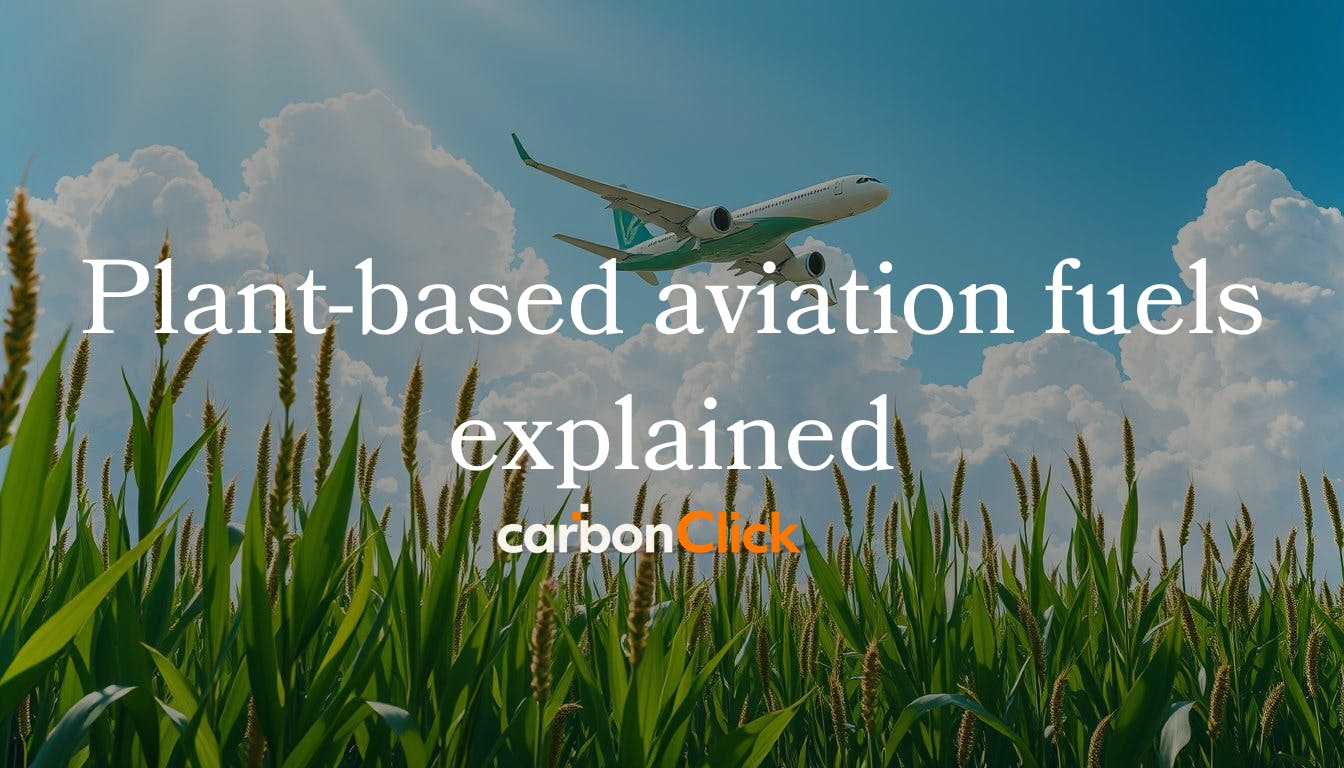
What are plant-based aviation fuels?
Plant-based aviation fuels, or sustainable aviation fuel (SAF), come from renewable sources like waste and crops. They are made from materials such as agricultural waste and energy crops. These fuels function just like regular jet fuel, fitting into our current planes and fuel systems.
Definition and key characteristics
SAFs are specialised biofuels for aircraft. They're produced from various types of biomass, including plant oils and wood. They must meet stringent standards to be compatible with aircraft engines and fuel systems.
Benefits over conventional jet fuel
SAFs are more beneficial for the environment than regular jet fuel. They can reduce greenhouse gas emissions by 20–98%. They also lower harmful pollutants and can even have a negative carbon footprint.
Jatropha oil, a non-food oil used as a biofuel, decreases CO2 emissions by 50–80% compared to Jet-A1, a kerosene-based fuel. Using SAFs can also reduce air pollution from aircraft by 50–70% with a 50% biofuel blend. Wet waste-derived feedstock for sustainable aviation fuel (VFA-SAF) has a carbon footprint 165% lower than fossil aviation fuel.

Feedstocks for producing plant-based aviation fuels
Many renewable and waste-based materials can produce plant-based aviation fuels. These include corn stover, wheat straw, wood chips, and sawdust. Additionally, crops like switchgrass and miscanthus are used. These materials are abundant, with over 1 billion tons available in the US each year.
They can be converted into jet fuel that fits seamlessly into aircraft. This is achieved through approved methods.
Agricultural residues and forestry waste
Currently, plant-based aviation fuels are derived from farm and forest waste. This is because these materials are inexpensive and readily available. The only major plant in the US, World Energy Paramount, utilises inedible tallow.
Other waste, such as food waste and rubbish, could also be employed. This diversifies and optimises the fuel production process.
Dedicated energy crops
Dedicated energy crops like camelina, jatropha, and algae are also utilised. The USDA assists farmers in cultivating these crops by providing insurance. This supports farmers in managing risks.
The objective is to increase crop production, enhance the sustainability of farming, and improve how crops are harvested and transported. This contributes to the production of more fuel for aircraft. Producing biofuels can assist farmers when their crops do not perform well. It also helps utilise surplus food crops. Crops like pennycress and carinata help reduce pests and diseases, making them beneficial for the environment.
Plant-based aviation fuels
The aviation world is moving towards plant-based aviation fuels, known as sustainable aviation fuels (SAF). These fuels are an environmentally sound alternative to traditional jet fuel. There are several methods to produce these fuels, each using different materials and techniques.
The Fischer-Tropsch synthesis is a key method. It converts biomass into hydrocarbons for jet fuel. The hydroprocessed esters and fatty acids (HEFA) process utilises vegetable oils and fats to create jet fuel. The alcohol-to-jet (ATJ) process also transforms biomass into jet fuel.
Blending limitations and safety considerations
These SAF production pathways are promising but come with blending limits. The amount of SAF in the fuel mix can vary from 10% to 50%. Strict ASTM certification ensures these blends are safe and function effectively with aircraft. The aviation sector is committed to more sustainable options, and SAF is crucial. By employing different SAF production pathways and adhering to ASTM certification regulations, the industry aims for smooth integration. This ensures aircraft compatibility and fuel blending safety.
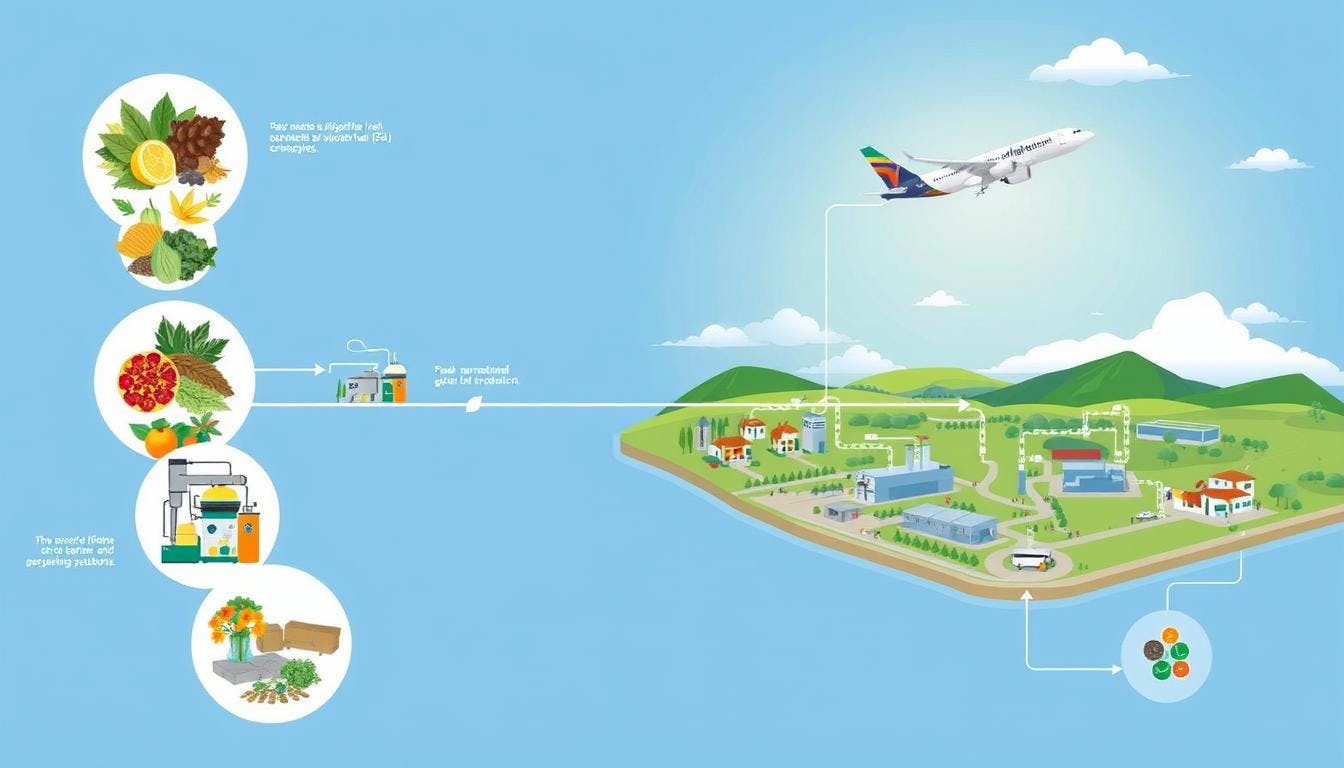
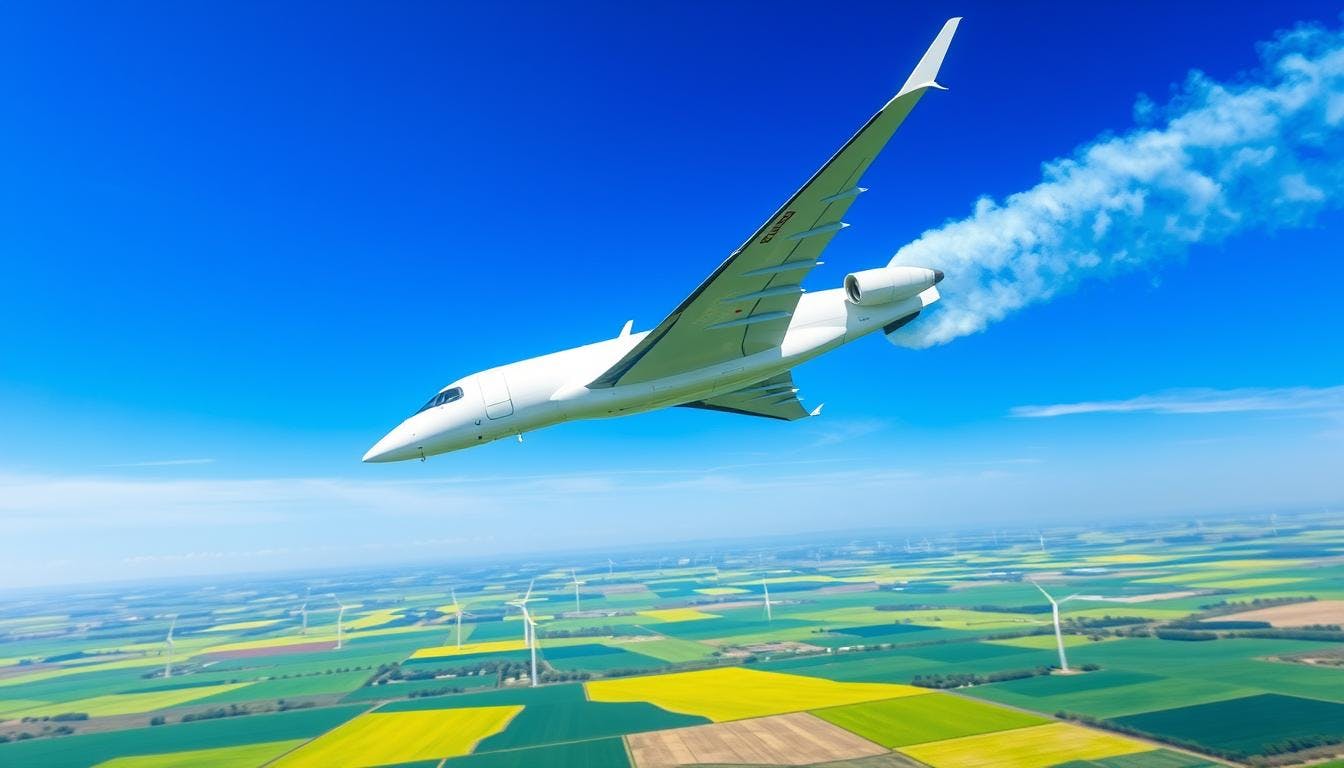
Environmental and economic benefits
Plant-based aviation fuels, or sustainable aviation fuels (SAFs), offer significant benefits for the environment and our finances. They can reduce greenhouse gas emissions by up to 94% compared to regular jet fuel. This is because the carbon dioxide produced from burning SAF is matched by the carbon dioxide absorbed by the plants from which it is derived.
SAFs also bring economic advantages. They can create jobs in agriculture and enhance local environments. The US is a major player in biofuels, and increasing SAF production can lead to more employment opportunities across various sectors. Scientists are diligently working to produce SAFs from renewable and waste materials. They aim to meet strict standards for safe aviation. This research is crucial for making air travel more sustainable and affordable in the future.
Current production and usage
Plant-based aviation fuels, known as Sustainable Aviation Fuels (SAF), are growing in use. By 2023, three companies are leading in SAF production: World Energy in California, Neste in Finland, and Montana Renewables in partnership with Shell. They supply SAF to airports and airlines, with over 360,000 flights using it worldwide.
Commercial producers and suppliers
However, SAF constitutes only a small fraction of jet fuel, approximately 0.01%. More investment and production growth are required to meet aviation's SAF targets. The Inflation Reduction Act of 2022 offers tax credits to SAF producers, encouraging increased production. More than 45 airlines have trialled SAF, with over 370,000 flights using it since 2016. For instance, DB Schenker and Lufthansa Cargo's flights between Frankfurt and Shanghai have reduced CO2 emissions by 31,000 tons since 2020.
As suppliers expand and airlines utilise more SAF, the aviation sector's transition towards zero carbon emissions will accelerate.
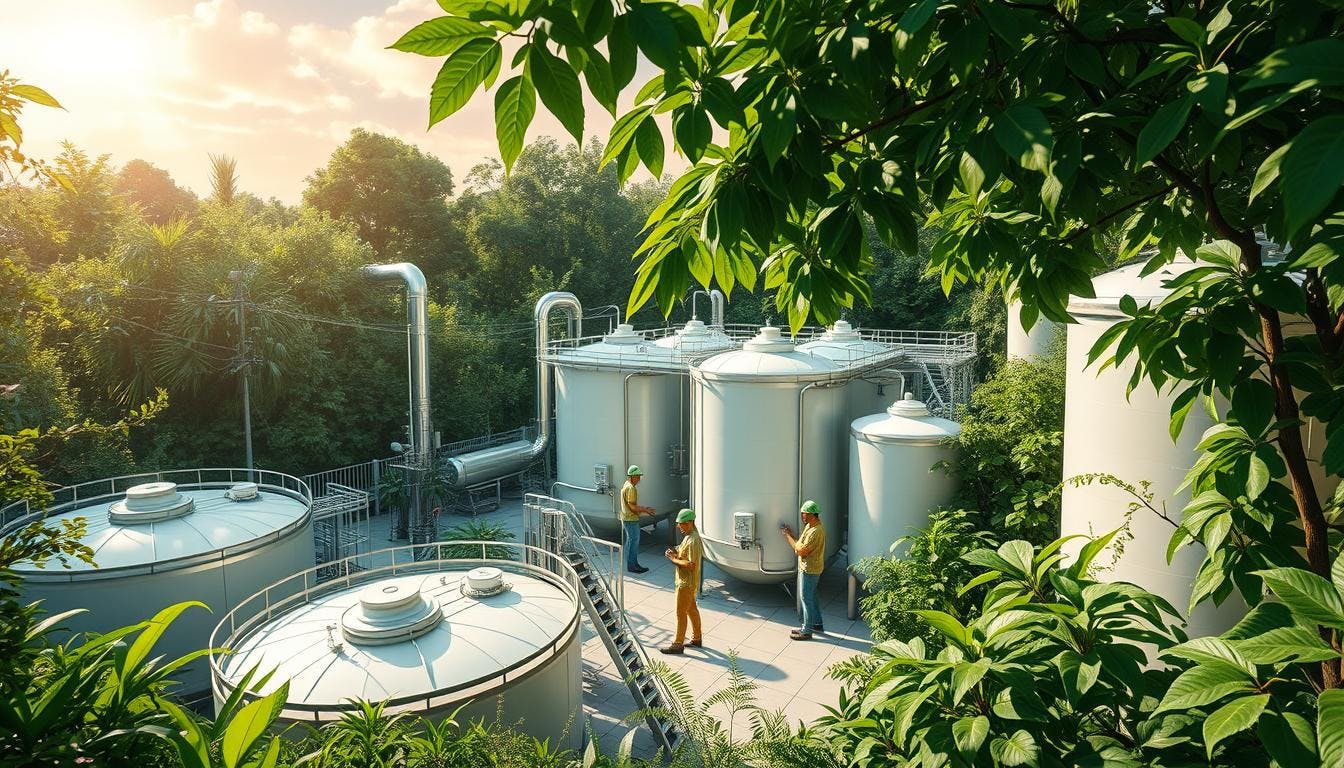
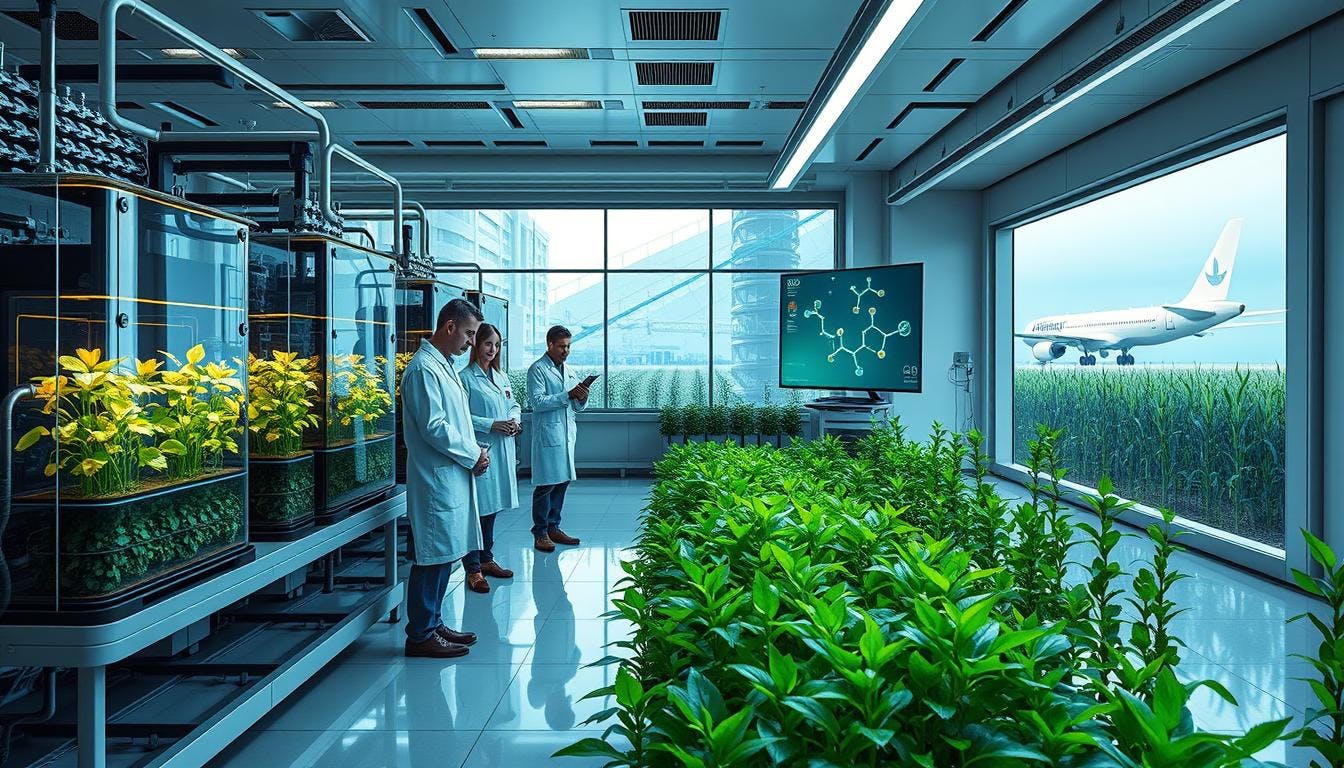
Future prospects and challenges
To make sustainable aviation fuels (SAFs) more common, research and development (SAF R&D) is ongoing. Governments, laboratories, and companies are collaborating to discover new ways to produce SAFs, utilise different materials, and address technical challenges.
However, the main issue is that SAFs are still more expensive than regular jet fuel. They can cost two to ten times more. This is due to limited production and insufficient supply. As production increases, prices should decline, making SAFs more affordable.
Nonetheless, sourcing adequate materials and establishing an effective distribution system are significant hurdles. In 2022, only 80 million gallons of SAF were produced, which is less than 0.1% of what is consumed in aviation annually. To address this, over 130 new SAF projects are planned, which could raise production to 18 billion gallons by 2028.
Research and development efforts
Groups are collaborating to improve SAFs. They are investigating new production methods, utilising different materials, and enhancing the process to be more efficient and scalable to meet demand.
Cost and availability challenges
SAFs are still more expensive than regular jet fuel, which poses a considerable challenge. However, as production increases and new facilities come online, prices should decrease. The real challenge lies in securing a consistent, renewable source of materials to sustain the production of SAFs.
Sustainable aviation fuel grand challenge
In 2021, the U.S. government initiated the Sustainable Aviation Fuel Grand Challenge. It is a collaborative effort involving various federal agencies to enhance the utilisation of sustainable aviation fuels (SAFs). The goal is to achieve 3 billion gallons of SAF by 2030 and 35 billion gallons by 2050, which will reduce greenhouse gas emissions by at least 50%.
This challenge provides policy support, funding for research, and opportunities for collaboration. It is designed to address the significant obstacles in using plant-based fuels for aviation.
The U.S. Department of Agriculture (USDA) has also joined this initiative. They aim to ensure that all U.S. aviation fuel is sustainable by 2050. The USDA plans to invest in crop production and workforce training to help achieve this goal.
They will also collaborate with other agencies to expedite the approval of new SAF production methods. This is part of their effort to support government initiatives.
This challenge is a significant step towards a more sustainable aviation future. The U.S. government is leading the way by promoting the use of plant-based fuels, which will help reduce the environmental impact of air travel worldwide.
Role in achieving net-zero aviation
Plant-based aviation fuels are essential for the aviation industry to reach net-zero carbon emissions by 2050. They significantly reduce greenhouse gas emissions compared to conventional jet fuel, making them vital for improving air travel sustainability and meeting targets.
The aviation sector is a major contributor to global warming, accounting for up to 5% of emissions. Without intervention, emissions could rise to 22% by 2050. Sustainable aviation fuels could lower carbon emissions by 65%. They are crucial for the industry's sustainable future.

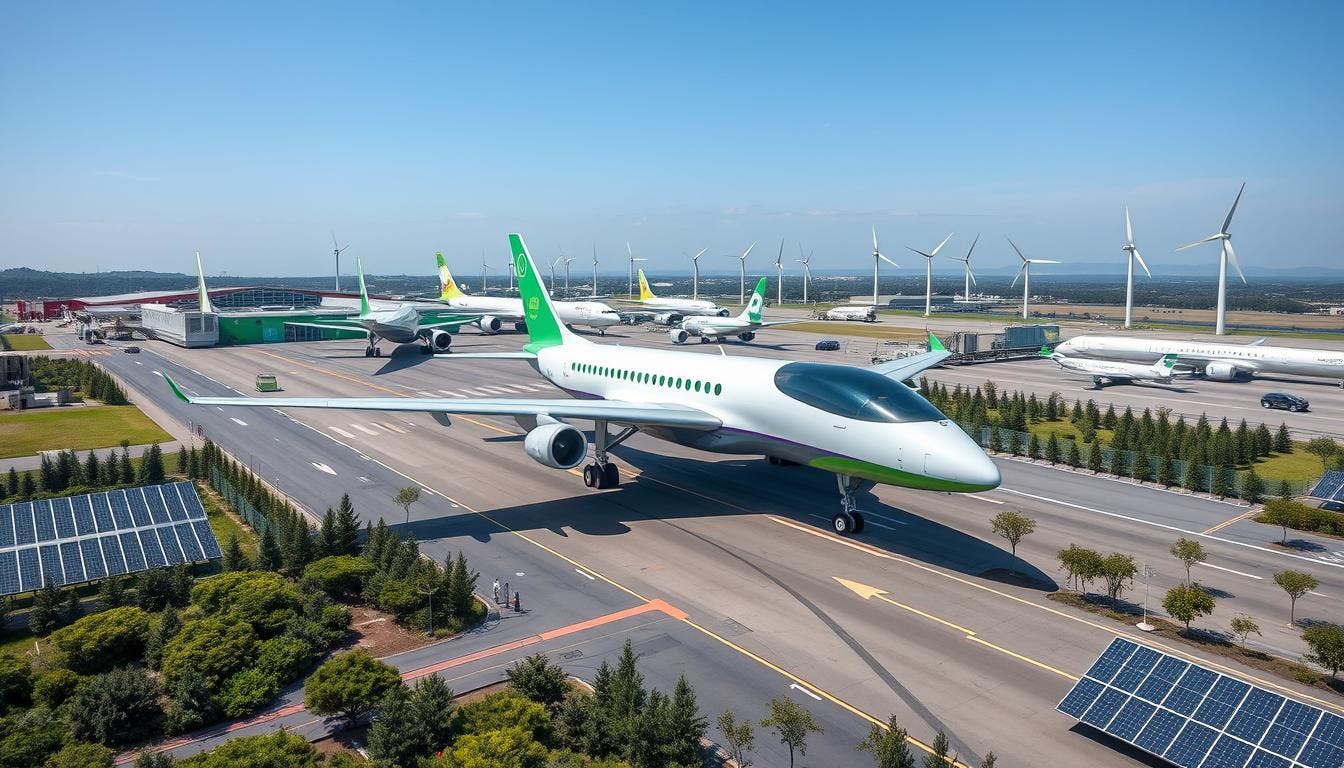
Distribution and infrastructure requirements
As we aim to incorporate plant-based aviation fuels, or sustainable aviation fuels (SAF), into air travel, we must focus on distribution and infrastructure. SAF needs to be blended with conventional jet fuel before planes can utilise it. This blending can occur at fuel terminals or refineries.
The mixed fuel can then be transported by pipeline, barge, or truck to airports, using the same methods as conventional jet fuel. While mixing SAF at an airport is feasible, it is not typically the best option. It requires additional equipment, staff, and insurance.
It is crucial to ensure that SAF is certified and integrates seamlessly with the existing fuel supply chain and airport infrastructure. The International Air Transport Association (IATA) states that we will need 24 million tonnes of SAF by 2030 to achieve net-zero emissions by 2050.
Enhancing the SAF supply chain, fuel blending, transportation logistics, and airport infrastructure is essential. By addressing these challenges, we can make air travel more sustainable and environmentally sound.
How plant based aviation fuels work
Plant-based aviation fuels, or sustainable aviation fuels (SAFs), are developed to replace traditional jet fuel. They possess the same chemical and physical properties, making them safe to use in existing aircraft and airport systems without modifications.
SAFs are tested and certified to meet high fuel quality standards, ensuring compatibility with current systems. They can be blended with conventional jet fuel, enhancing performance and reducing harmful emissions.
SAFs are designed to be as effective as, or better than, traditional jet fuel. They utilise biomass, such as lignin, to replace harmful molecules. This advancement makes flying more efficient and aids the aviation industry in achieving its environmental objectives.

17 South Street
Auckland 1010
New Zealand
info@carbonclick.com- -
- X
Sign up. Be inspired. Get clicking.
Subscribe now to stay up to date with CarbonClick, carbon offsetting and climate action.
By signing up you agree to our Privacy Policy.


